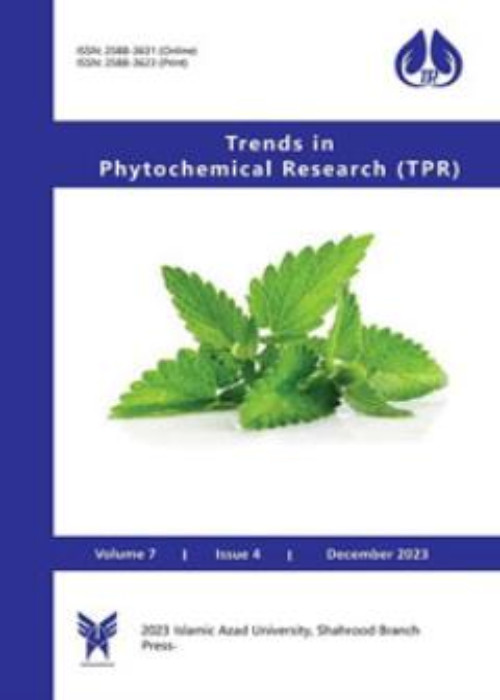Quantification of ursolic acid, correlations and contribution by other traits towards accumulation of ursolic acid in six Ocimum species
Sixteen accessions belonging to six species of Ocimum from Uttar Pradesh (12), Andhra Predesh (3) and Marashtra (1) states of India were screened for ursolic acid and higher oil yields. A considerable amount of genetic variability in morphometric traits was recorded in all accessions. It was realized that both the estimate of heritability broad sense in percent (^h² %) and the corresponding genetic advance (GA) were high for oil yield (98.80 and 120.35) and herb yield/plant (93.52 and 89.27). However, high genetic heritability and moderate genetic advance expressed by days to flower 50% (95.13 and 49.07) followed by plant height (93.54 and 52.17) and ursolic acid yield (99.99 and 78.14), respectively. The ursolic acid expressed ^h² % and low GA (99.99 and 0.362) followed by oil content, leaf/stem ratio and ursolic acid content (99.99, 0.362). Correlation coefficients among the ten traits indicated that leaf/stem ratio was positively highly and significantly correlated with oil content (0.743**, 0.710**) and oil yield (0.700**, 0.676**). Leaf/stem ratio was also positively and significantly correlated with ursolic acid yield (0.551*, 0.536*). The herb yield was highly positive and significantly correlated with oil yield (0.790**, 0.772**). The oil content also had a high and significant correlation with oil yield (0.877**, 0.867**). In addition, similar to the aforementioned correlations, the ursolic acid was significantly and positively correlated with ursolic acid yield (0.966**, 0.965**) at both genotypic and phenotypic level. The path coefficient revealed that the highest direct contribution to ursolic acid was made by ursolic acid content (0.904) and herb yield (0.264). The oil content had the maximum positive indirect effect (0.471) to the ursolic acid content. The residual effect value was found to be 0.0248. Ocimum accessions CIM Ayu followed by Sel-1, CIM Jyoti, CIM Snigdha and CIM Shurabhi may be exploited for commercial cultivation.
- حق عضویت دریافتی صرف حمایت از نشریات عضو و نگهداری، تکمیل و توسعه مگیران میشود.
- پرداخت حق اشتراک و دانلود مقالات اجازه بازنشر آن در سایر رسانههای چاپی و دیجیتال را به کاربر نمیدهد.


